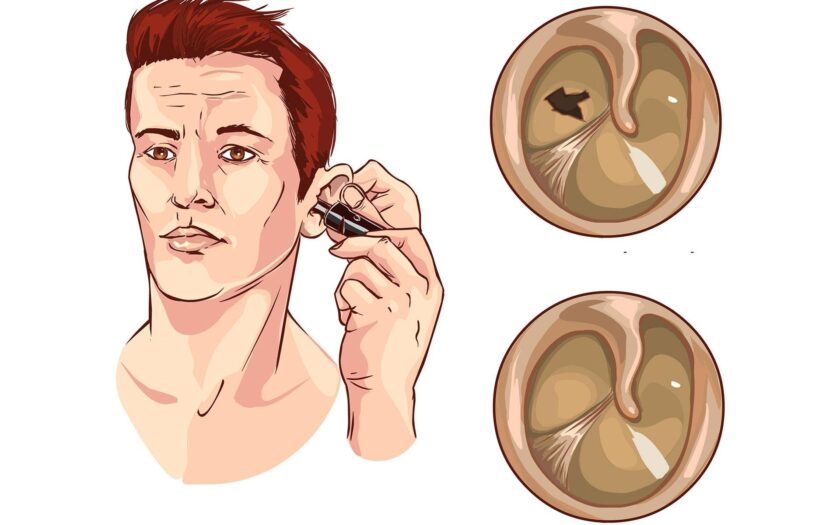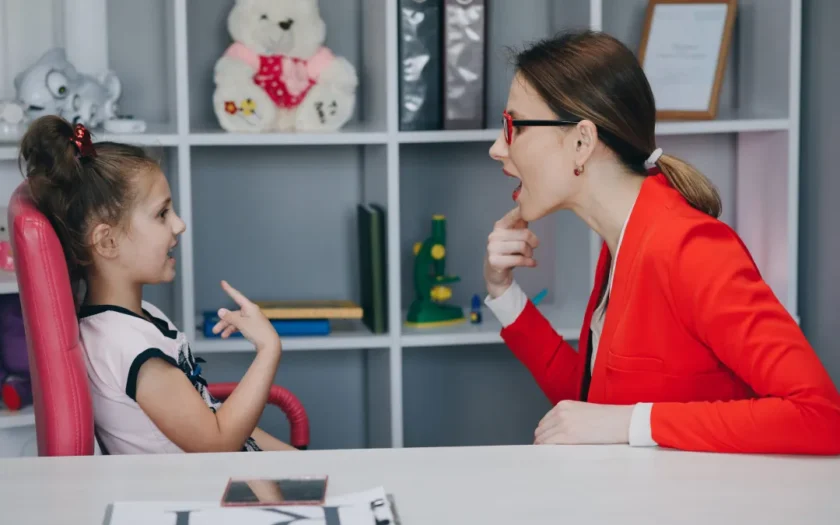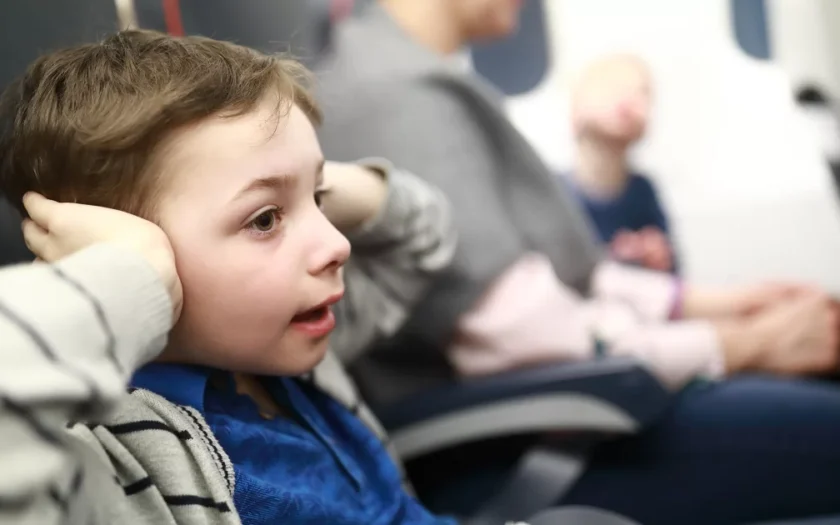Breakfast Basics
Breakfast is an essential meal that provides the energy and nutrients needed to start the day. A balanced breakfast should include a mix of protein, whole grains, and fruits or vegetables to support sustained energy and focus. Simple options like eggs with whole-grain toast, oatmeal topped with fresh fruit, or a smoothie with yogurt and spinach can be both nutritious and quick to prepare. Prioritizing a healthy breakfast sets the tone for better eating habits throughout the day.











